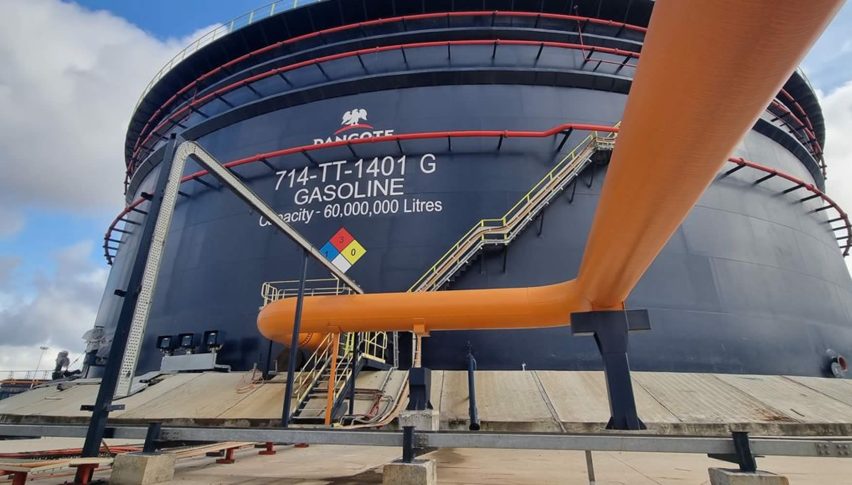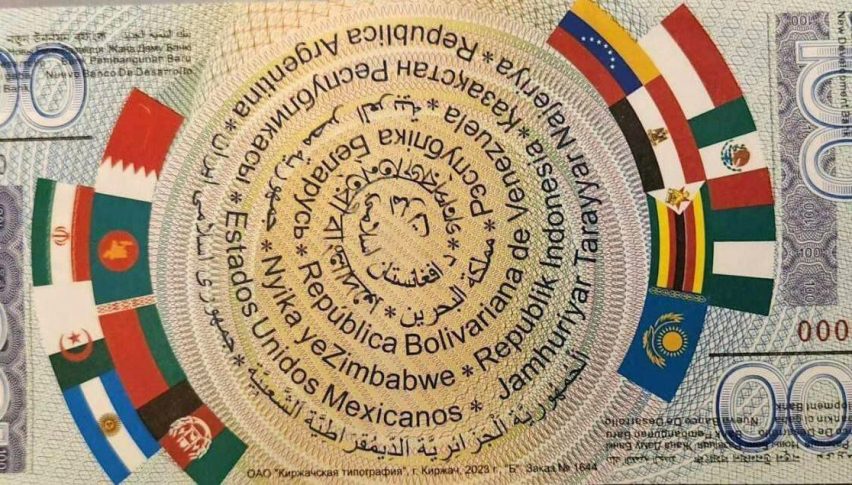Brazil: Long-term real interest rates reach nearly 6%, the highest level since October.
Market real interest rates, derived from inflation-linked bonds for August 2050, have risen from 5.47% at the beginning of the year to 5.93%

Uncertainties regarding fiscal issues and the escalation of rates in the US lead the market to price in more risk; the nominal curve shows a similar movement.

In an environment still marked by uncertainties regarding public finances and worsening external conditions, given the recent escalation in long-term interest rates in the United States, the market has once again priced in a scenario where rates are working at even higher levels.
It is in this scenario that long-term real interest rates, which discount the impact of inflation and are one of the variables that best express investors’ perception of the future, are now approaching 6%, at the highest levels since the end of October.
Market real interest rates, derived from inflation-linked bonds for August 2050, have risen from 5.47% at the beginning of the year to 5.93% yesterday.
As a consequence, this is already reflected in the issuance of public debt securities by the National Treasury. In the auction last Tuesday, the Treasury sold 150 thousand NTN-Bs maturing in 2060 at a rate of 5.9493%, the highest level of the year.
The movement was similar to that observed in nominal interest rates, which last week returned to the 11% range. Part of the rise in rates is related to external movements: real ten-year interest rates in the US rose from 1.74% at the beginning of the year to exactly 2% at yesterday’s close. Although it may seem insignificant, the shift in US interest rates reinforces the sense that global rates need to be higher.
US economic data continued to show resilience in the first months of 2024, which has put nominal and real interest rates around the world on an upward trajectory. In the US, activity remained strong, and in the coming months, inflation is expected to continue to decline, but at decreasing rates. And the ten-year Treasury has been the trigger for risk aversion worldwide. It’s a force that causes nominal and real interest rates worldwide to rise.
- Check out our free forex signals
- Follow the top economic events on FX Leaders economic calendar
- Trade better, discover more Forex Trading Strategies
- Open a FREE Trading Account


